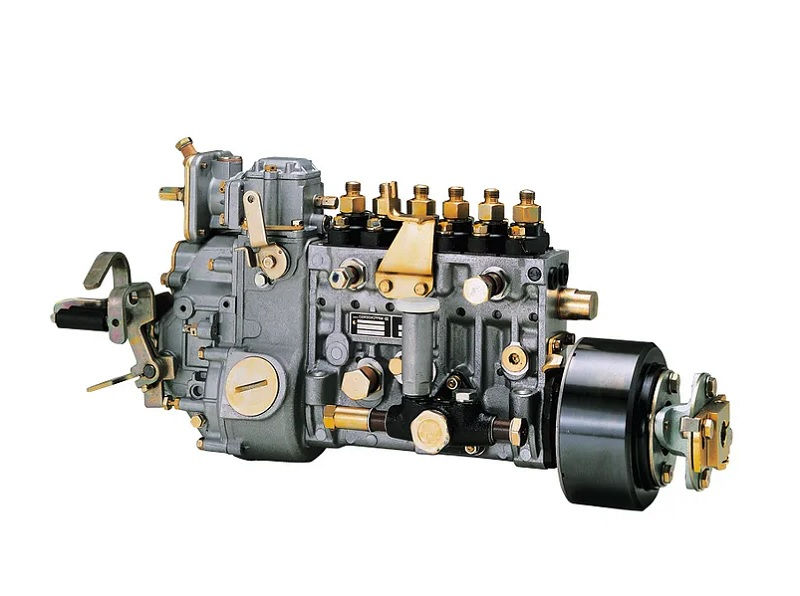Finding Out The Symptoms Of A Faulty Fuel Pressure Regulator
- Emma Smith

- May 7, 2019
- 3 min read
A fuel pressure regulator is a component which is found in almost all internal combustion engines. It can be in different forms and is basically a component used for efficient engine management. Basically, it falls under the category of fuel system components. Its main function is to regulate the flow of pressure through the engine. Different engines will need different fuel capacity, and this change can be regulated with the help of a regulator. Let’s find out more about this component.
Working Mechanism
There are two ways in which this component can work:
In some vehicles, you will find an electronic regulator.
In some, the regulator uses mechanical diaphragms which operate using a vacuum to change the pressure.
A fuel pressure regulator helps the fuel injector to maintain an ideal balance between the fuel and the air boost. In simple words, it helps in adapting the supply of fuel supply as per the fuel demand. So even if there is an intense or drastic change in fuel demand, the regulator will ensure that everything runs smoothly.
Since a regulator plays a crucial role in ensuring that there is proper distribution of fuel, even a slight problem with this component will lead to various problems in terms of performance issues. This is why it is important to ensure that your regulator is in a good and proper working condition all the time.
Symptoms Of A Faulty Regulator
If you have a faulty fuel pressure regulator, it will result in certain symptoms, such as:
Fuel Leak
Fuel leaks are one of the most common symptoms of a faulty regulator. It occurs when there is a problem with the regulator’s diaphragm or if the seals fail. Apart from causing leakage of gasoline which is a safety hazard in itself, the fuel leakage can also lead to performance issues. Fuel leaks are generally identified by fuel smell. Also, in some cases, you might notice fuel dripping from the tailpipe.
Performance Issues
A faulty fuel pressure regulator will lead to a number of engine performance issues, such as misfire, reduced acceleration and power, decrease in fuel efficiency, etc. Problems in the regulator will disturb the entire fuel pressure of the vehicle. As a result, the engine’s air-fuel ration and tune get negatively impacted. However, these engine performance issues can develop due to other factors as well, which is why it is important to seek professional help as soon as you notice any of these symptoms.
Black Smoke
Another common symptom of a faulty regulator is black smoke coming from the exhaust. If there is any leakage or internal failure in the regulator, it will result in an emission of black smoke from the exhaust of the vehicle. Again, a faulty regulator may not be the only cause for the emission of black smoke. But if you do notice it, then it is best to get the vehicle checked.
Engine Stalling
In case of a faulty fuel pressure regulator, you might notice that when you try to accelerate, the car gets stalled. Ideally, there should be no engine stalling when you press the gas pedal. In some vehicles, the regulator is mounted into the fuel pump assembly, however, in most of the cases, it is built in the fuel rail. This makes it easier to check and service the regulator.
These common symptoms will help you in gauging the condition of your fuel pressure regulator. Getting a timely service and maintenance of your car done will ensure that all the components of your engine are in perfect working condition. So, if you suspect any issue with your regulator, get it checked immediately to avoid sudden breakdown.
.png)



Comments